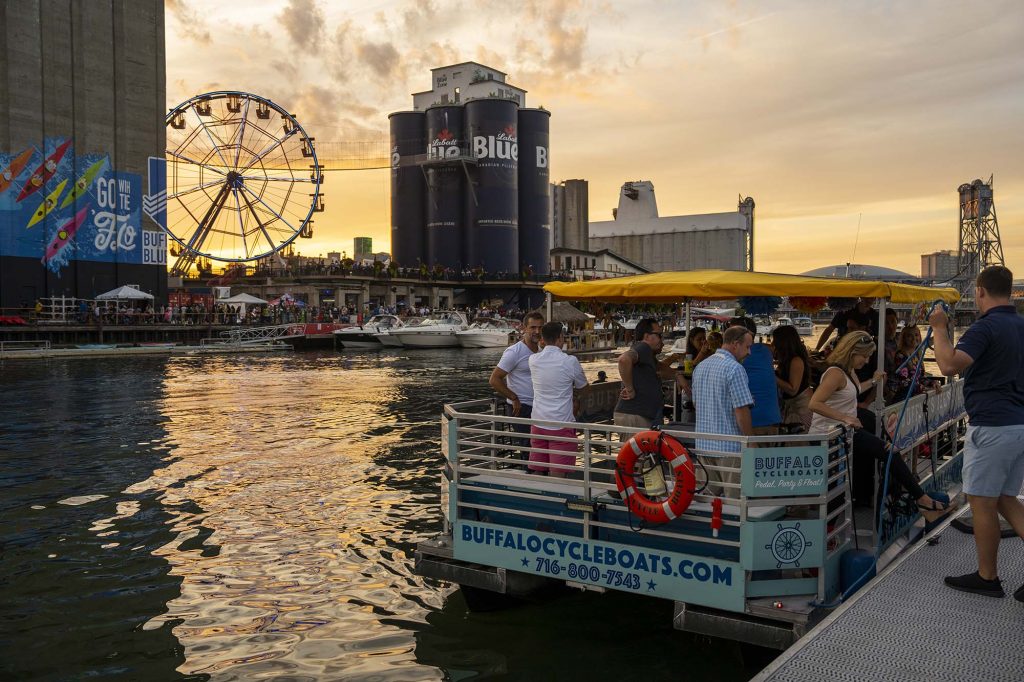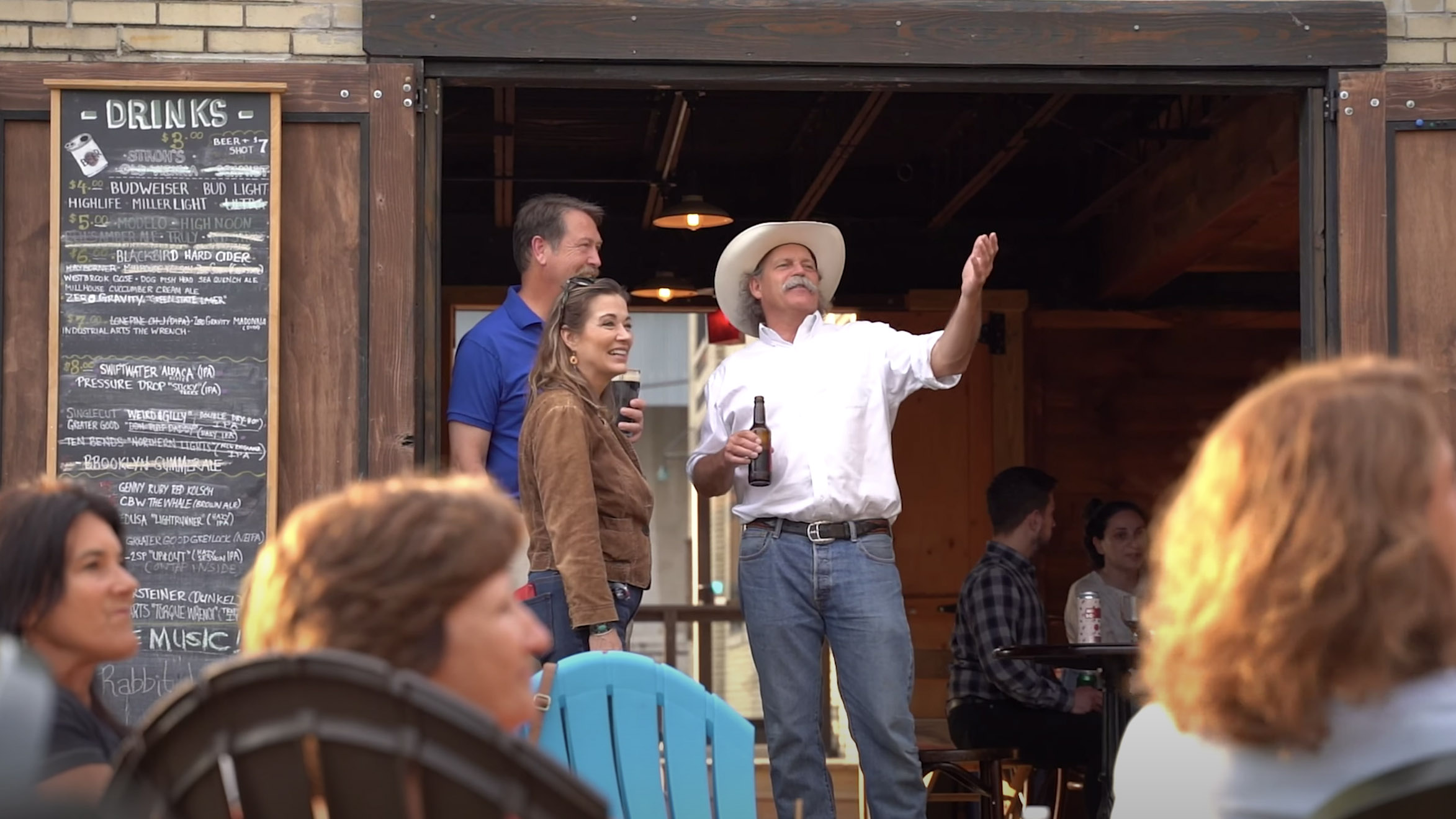The reopening of the Buffalo AKG Art Museum (formerly the Albright-Knox Art Gallery) represents the culmination of years of investment in new tourism attractions, assets and infrastructure throughout the Buffalo region, including the reinvigoration of one of the great collections of significant American architecture anywhere in the country, as well as the rehabilitation and redevelopment of the city’s waterfront and water resources. Longtime gaps in the Buffalo tourism experience have been filled – notably by a flourishing culinary scene and exploding craft beer industry – making Buffalo ready to take its place as a premiere destination for cultural tourism, heritage tourism and outdoor recreation.
Here’s what’s happening:
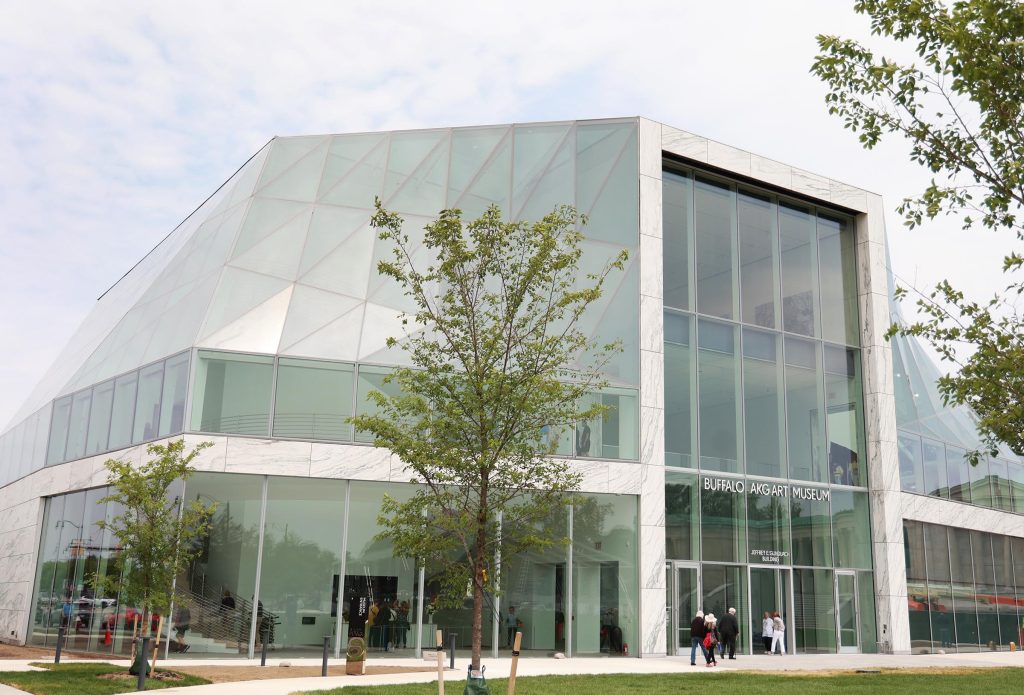
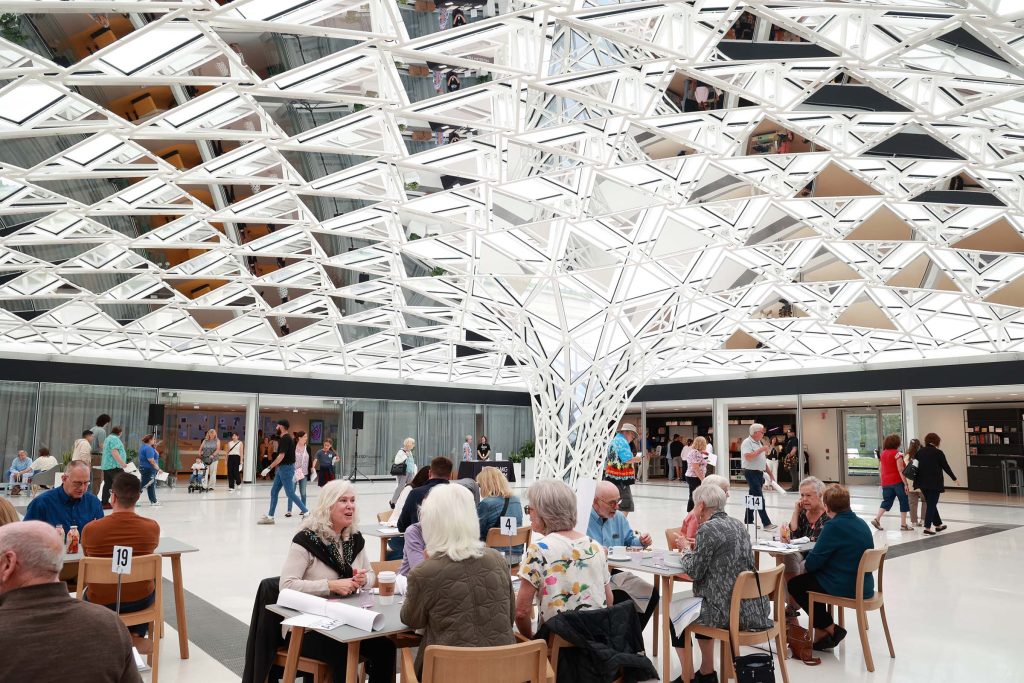
Buffalo AKG Art Museum
The Buffalo AKG Art Museum, formerly known as the Albright-Knox Art Gallery, reopened in summer 2023 after a $195 million expansion and restoration — the most significant development project in the museum’s 160-year history. A new work of signature architecture designed by OMA/Shohei Shigematsu added more than 30,000 square feet of space for the display of special exhibitions and the museum’s world-renowned collection of modern and contemporary art. The project also included extensive renovation of the museum’s historic buildings, the creation of more than half an acre of public green space, and the installation of a stunning new artwork, Open Sky, by Olafur Eliasson and Sebastian Behmann.
Find more: Buffalo AKG Art Museum – A Preview
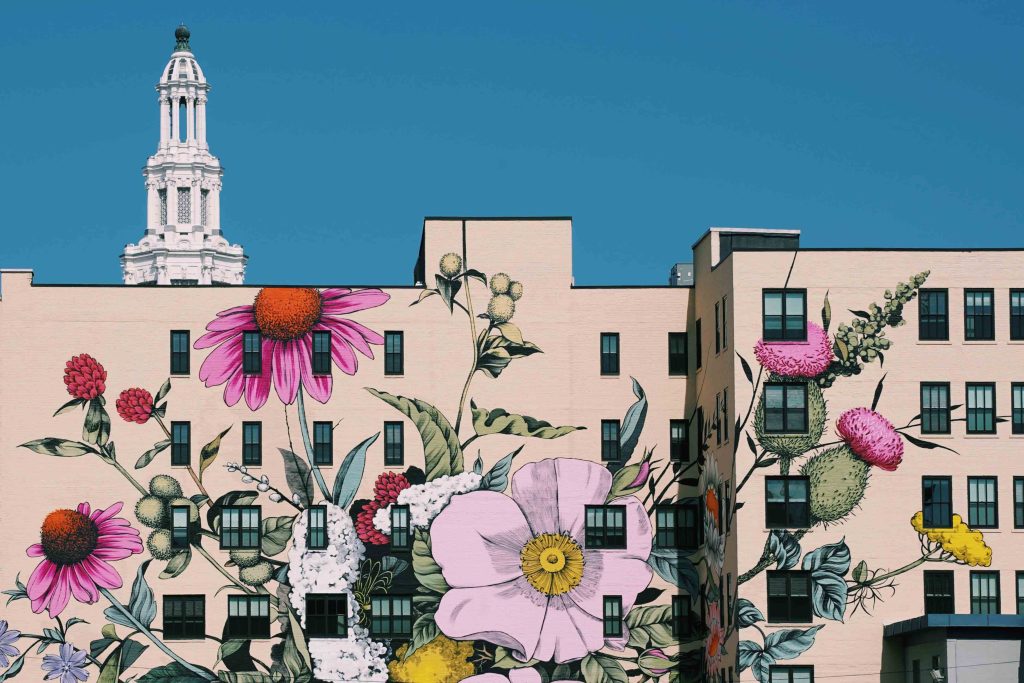
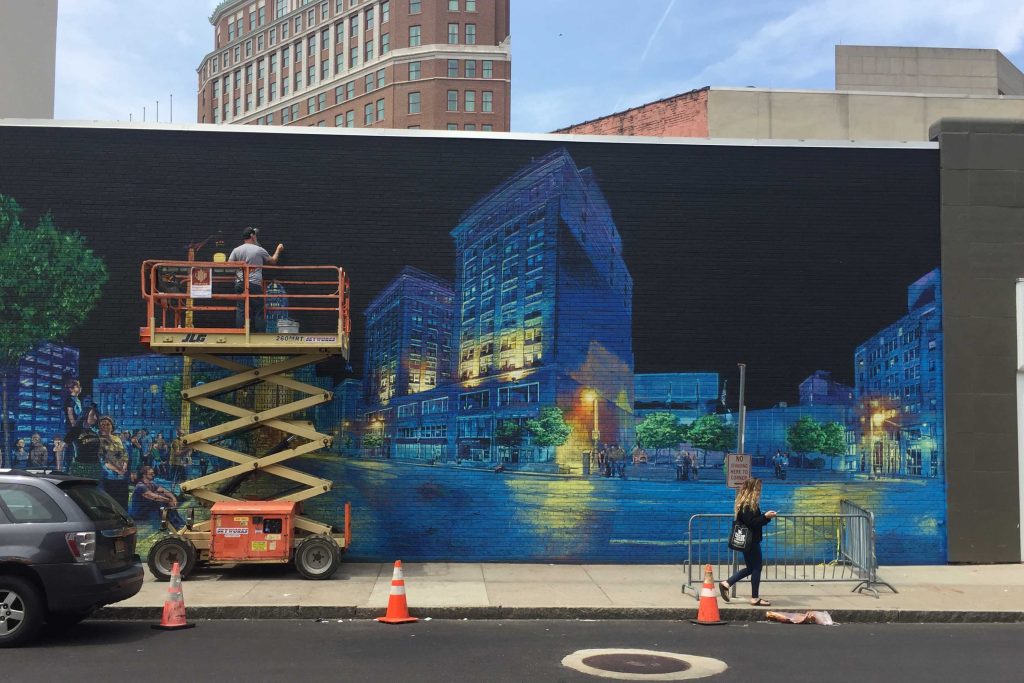
Public Art Initiative
Buffalo has been developing one of the most dynamic public art experiences in North America, with some of the world’s greatest muralists creating work that is transforming the streets of the city. Working under the auspices of the Buffalo AKG’s Public Art Initiative renowned artists such as Shantell Martin, Eduardo Kobra, Felipe Pantone, Logan Hicks, Tavar Zawacki and Louise Jones, among many others, have come to Buffalo to make some of largest – and greatest – work of their careers. In summer 2023, legendary street artist Futura painted a mural in Buffalo’s Elmwood Village.
Watch: The Colors of Buffalo
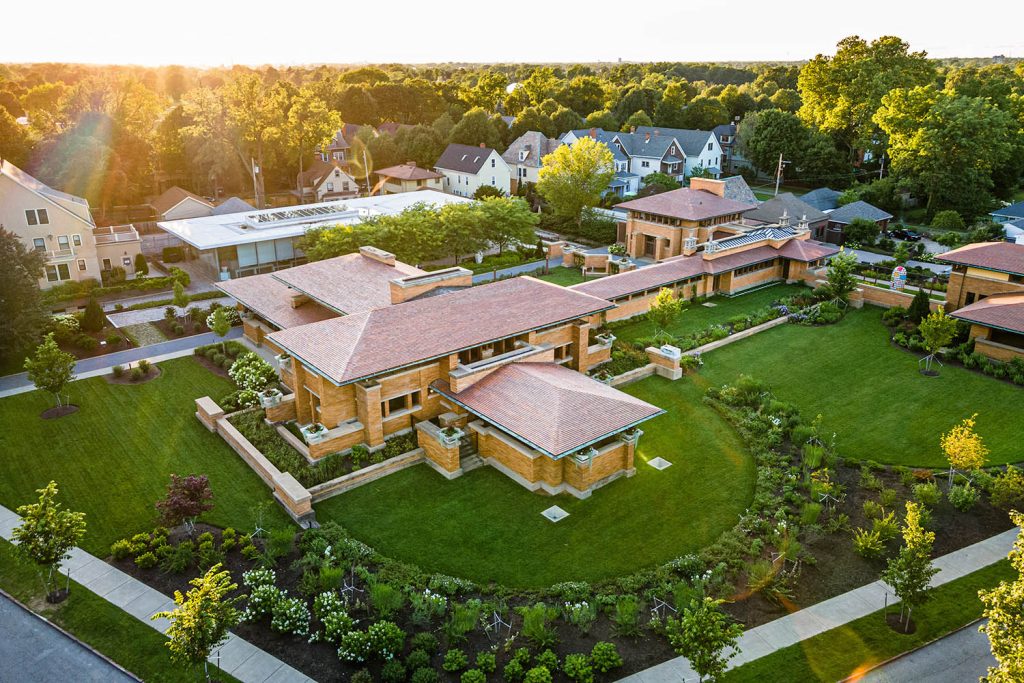
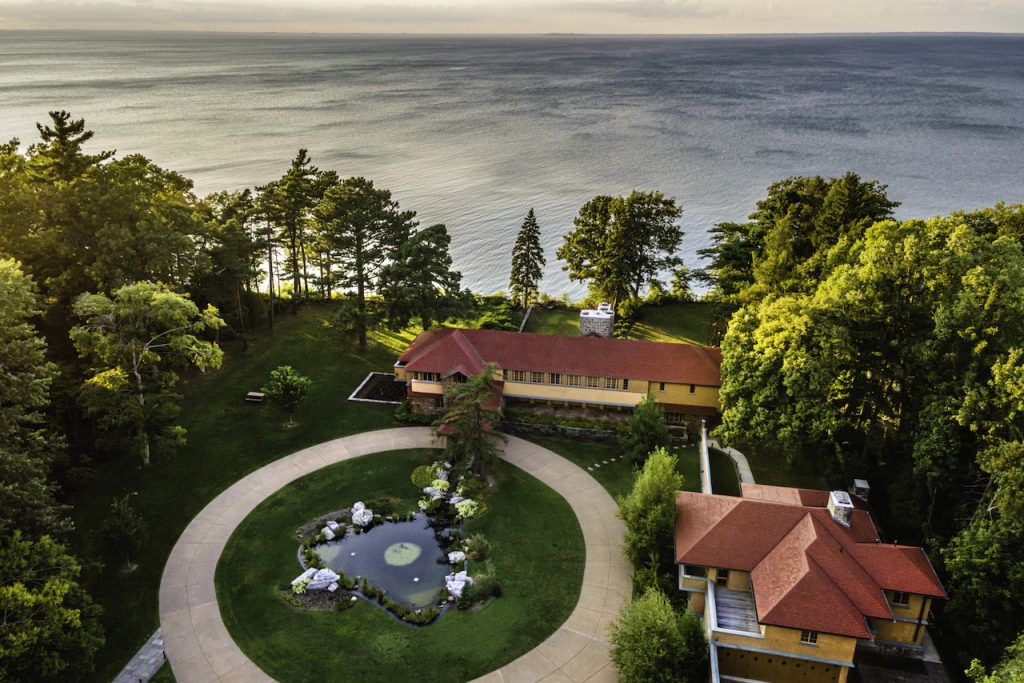
Frank Lloyd Wright’s Buffalo
Frank Lloyd Wright’s legacy can be found all over Buffalo. The architect’s decades-long friendship with Buffalo businessman Darwin Martin, the man who may have been his most important patron, led to the construction of more than a half dozen designs here – and made Buffalo one of the premiere destinations to tour Wright’s work more than a century later. Wright’s “Buffalo Venture” led to the creation of the largest residence he ever designed, the magnificent Darwin Martin House, one of the masterworks of his Prairie Style period of the early 1900s, and Graycliff, a summer home Wright designed for the Martins on the shores of Lake Erie. Graycliff’s cantilevered balconies and organic elements have led scholars to regard it a precursor to Fallingwater. Both the Martin House and Graycliff have recently completed dramatic restorations and are enjoying second lives as not-for-profit house museums.
Find more: Exploring Frank Lloyd Wright’s Buffalo
Silo City
One of the world’s largest collections of grain silos along Buffalo’s waterfront — now known as Silo City — is being transformed into an arts campus, apartments, offices, retail and gallery space. The 27-acre former hub of the American grain industry has evolved into an unexpected home for the performing arts, some of which take place at Duende, a lively tavern and restaurant that’s become one of the city’s best venues for live music. The first phase of the Silo City residential redevelopment includes the repurposing of the former American Mill & Warehouse Building into 168 apartments, a fitness center, co-working space, art exhibit space and outdoor patios. The site is also home to several sculptural installations and the Riverhill labyrinth designed by Dara Friedman, a German-born artist and filmmaker.
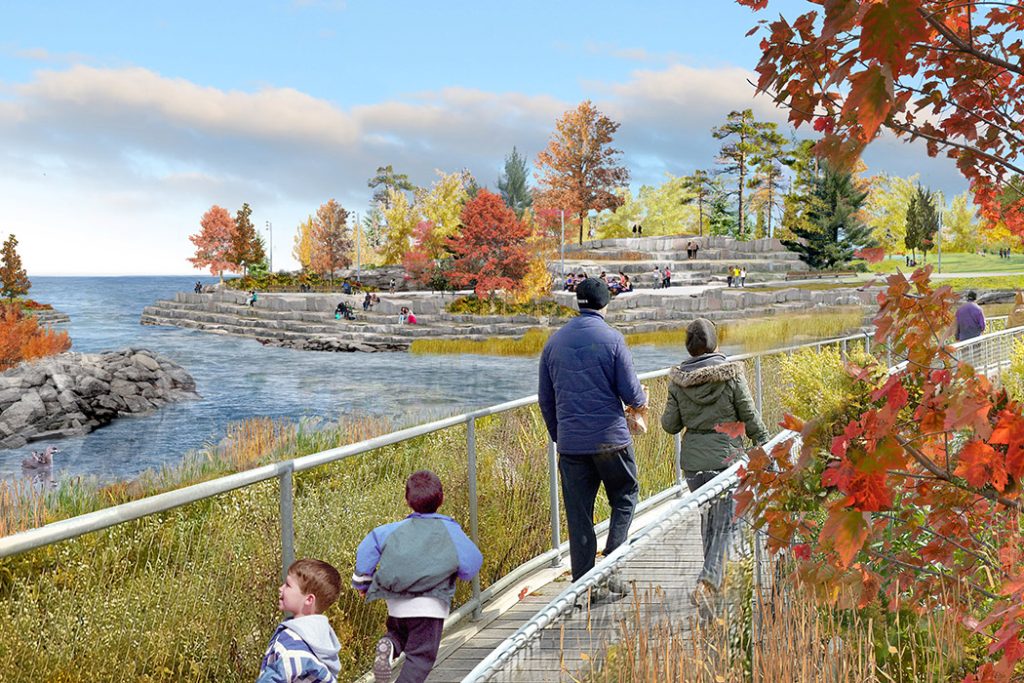

Ralph C. Wilson Park
Visitors to Buffalo will soon be able to explore a new signature park along Buffalo’s waterfront thanks to one of the largest philanthropic gifts ever made in Buffalo’s history. The Ralph C. Wilson Jr. Park, a 100-acre greenspace on the city’s Lake Erie shoreline, is named after the late Buffalo Bills owner whose foundation donated approximately half of the $110 million required for its creation. The project broke ground in 2023 with a goal of creating a world-class public space after an extensive community engagement and visioning process. Not only will the new park create a destination for play, recreation and relaxation, it will also include a restored and more resilient shoreline that will mitigate the effects of climate change and rising lake levels. Design work is being done by Michael Van Valkenburgh and Associates. The first phase of the project is scheduled to be completed by 2024.
Find more: Ralph C. Wilson, Jr. Centennial Park

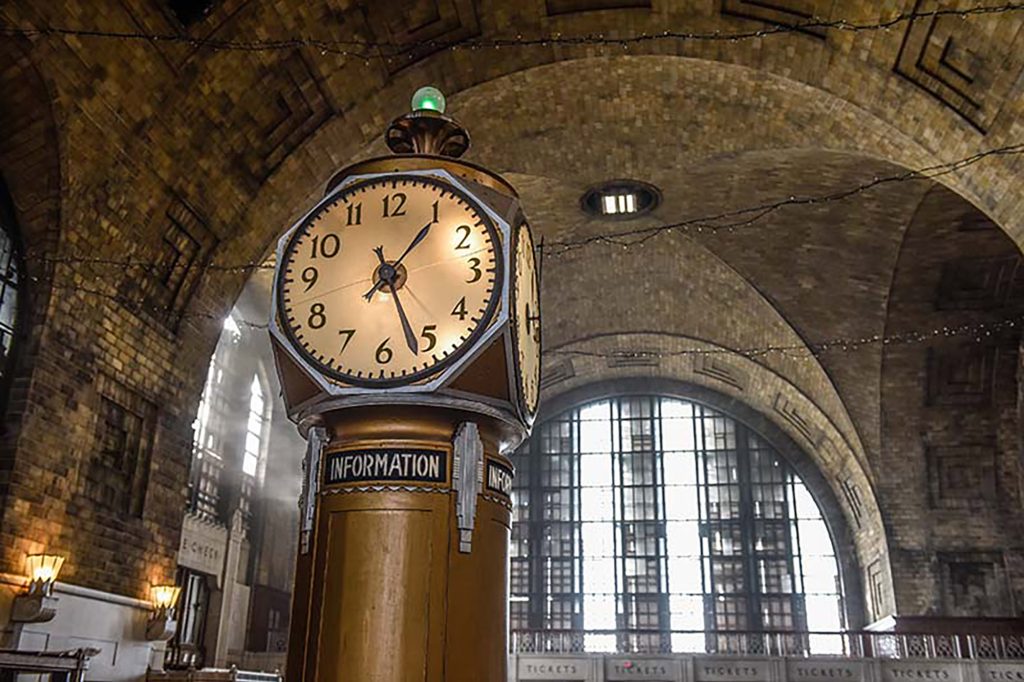
Buffalo Central Terminal
Buffalo’s Art Deco train station has been searching for new purpose and use since the last Amtrak passengers disembarked in 1979. After decades of neglect, followed more recently by well-intended grassroot initiatives that lacked funding, the redevelopment of the massive property is finally underway fueled by a $61 million investment by New York State. The Central Terminal Restoration Corp. is overseeing basic safety and stabilization work along with roof and window repair with a goal of reopening the passenger concourse for public use. Concurrently, work is underway on a Historic Structures and Cultural Landscape Report and proposals are being solicited from private development partners. For the first time in four decades, tangible progress is being made on one of Buffalo’s most beloved buildings.
Find more: Buffalo Central Terminal
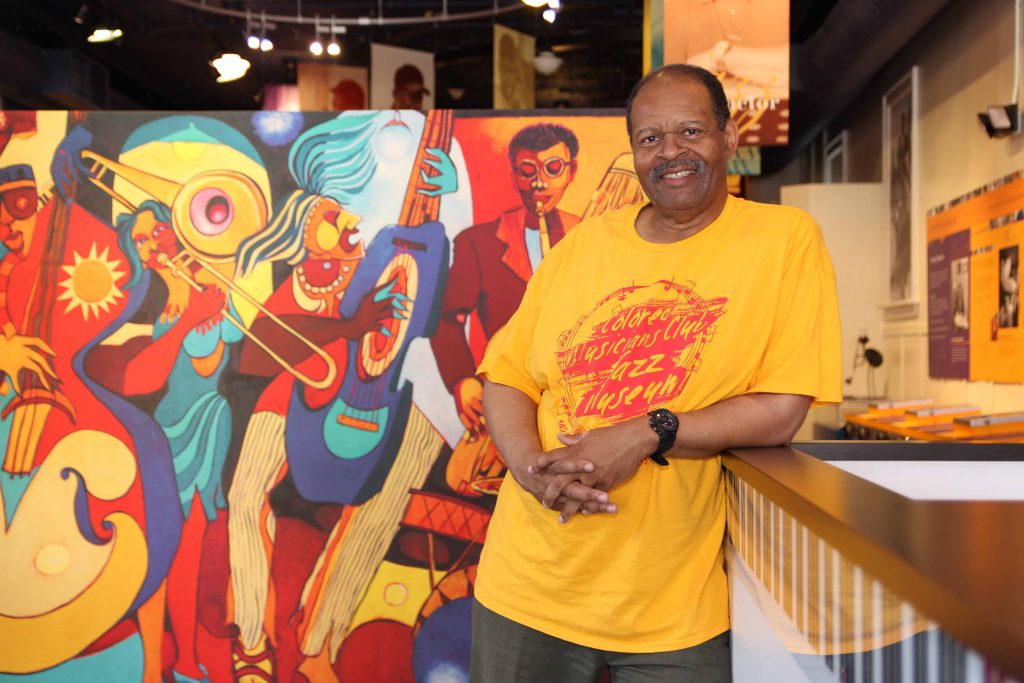

Colored Musicians Club / African American Heritage Corridor
A nearly century-old jazz club that once hosted legends like Ella Fitzgerald, Miles Davis and John Coltrane is undergoing an expansion that is scheduled for completion in fall 2024. The historic Colored Musicians Club, one of the last venues of its kind left in the United States, has embarked on a $2 million expansion that will enhance accessibility, add classroom and event space and ensure this cultural landmark will endure in Buffalo for generations to come. The Club and its affiliated museum are the cornerstone of an emerging African American heritage corridor that also includes the Michigan Street Baptist Church, the Rev. Jesse Nash House, and WUFO, a Black and woman-owned radio station.
Find more: 100 Years of Tradition at Buffalo’s Colored Musicians Club
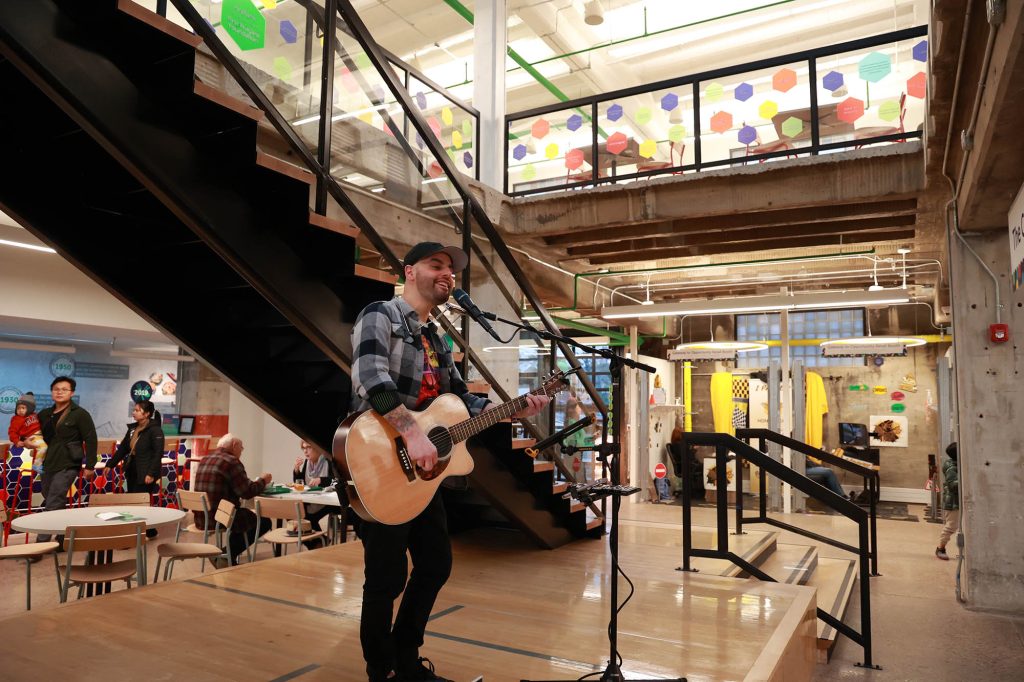

West Side Bazaar
The West Side Bazaar, a business incubator and hub for Buffalo’s burgeoning immigrant community, has moved into an expansive new facility in a Prohibition-era building overlooking the Niagara River that features space for 24 businesses, a community room, a commercial kitchen, a test kitchen, work force training space, conference room, seating for more than 50 customers, and space for professional services. Run by the Westminster Economic Development Initiative (WEDI), the Bazaar is designed to assist refugees and immigrants from countries like Myanmar, Sudan, Ethiopia, and Yemen establish businesses in their adopted home.
Find more: West Side Bazaar
